Armando Chant
Combining embroidered linen with pigment washes and etching, Sydney-based artist Armando Chant uses techniques of erasure and negation to arrive at ambiguous, atmospheric landscapes. His work focuses on the inherent potential of the in-between, a place of imaginative engagement and a nascent state of emergence. “I’m interested in the Japanese aesthetic theory of Ma – where a space that appears empty is actually full of content and meaning,” he says. “It ties in with my interest in the Dansaekhwa movement: there is a softness to this minimalist approach, where the void is celebrated as a place where things come into being, rather than a place of nothingness.”
Chant gained a masters in fine art at Sydney’s National Art School, where he developed his practice of embroidery as drawing. “I framed embroidery as a form of expanded drawing, where the thread becomes the pencil, the linen substrate the paper,” he says. It was at this time he began working with master embroiderers in Delhi – a close collaboration that continues to this day. “I provide an instruction sheet and encourage the artisans to consider their embroidery as drawing rather than a defined motif. How they translate that instruction into different areas of stitchwork is when the material starts to become really special.”
Chant‘s work has been recognised through acquisitions and awards, including Sydney Art Month and the Tamworth Textile Triennial 2015. He was selected for the biennial Dobell Drawing Award and received the Waverley artist studio award in 2023. He has exhibited internationally in group and solo exhibitions, installations, and symposiums in Florence, Finland and Paris.
In taking vintage glass stereoscopes as his starting point, Chant’s pieces draw together the technological and the handcrafted, fusing photographic printing, embroidery, and mineral pigments. These processes continually change the nature of the surface through multi-layered marking and staining, resulting in hybrid and ambiguous imagery that sits between photographic image and materialised surface. “There is a process of viewing and reviewing that goes beyond the superficially visual that I strive to achieve,” he says.
I’m interested in the Japanese aesthetic theory of Ma – where a space that appears empty is actually full of content and meaning... There is a softness to this minimalist approach, where the void is celebrated as a place where things come into being, rather than a place of nothingness.
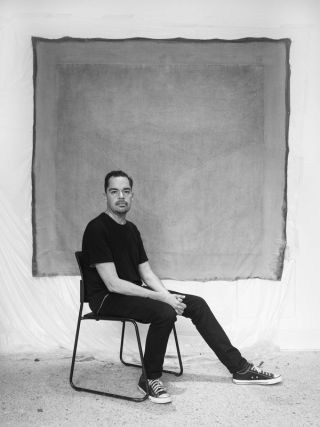
Featured works
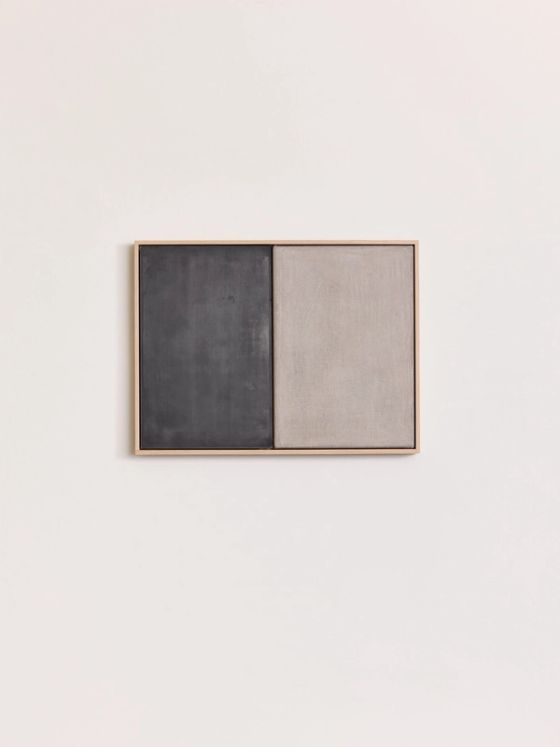
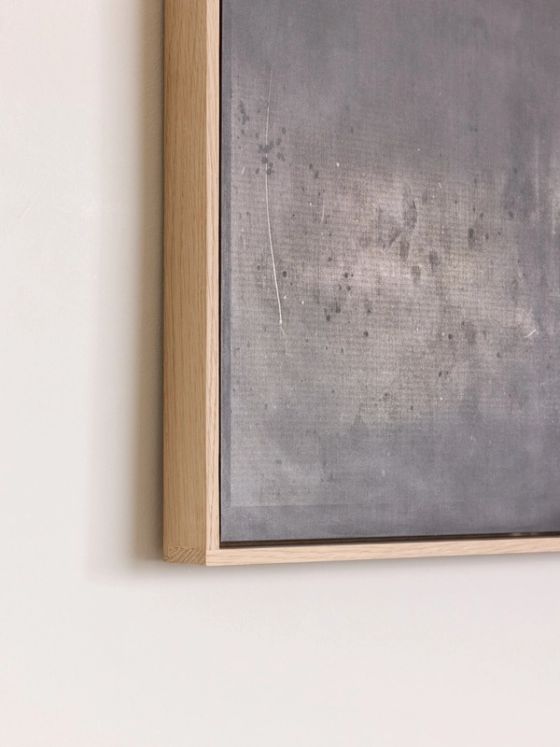
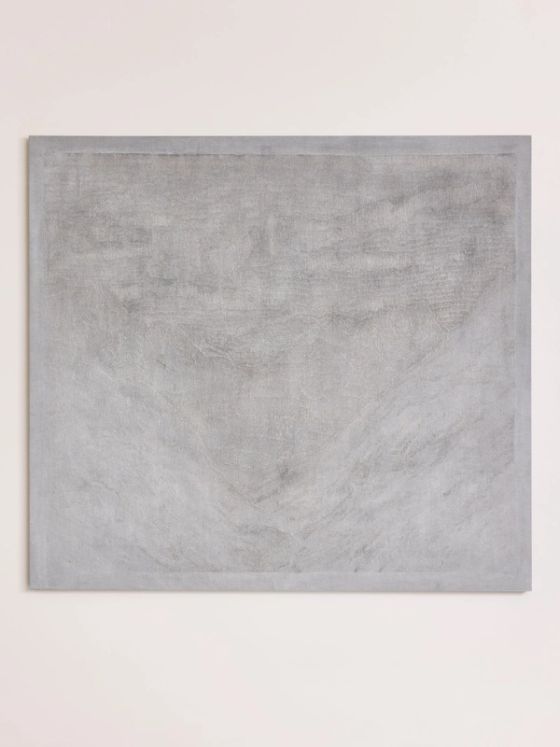
 Bath Gallery
Bath GalleryArmando ChantGrisaille I (Dawn), 2023
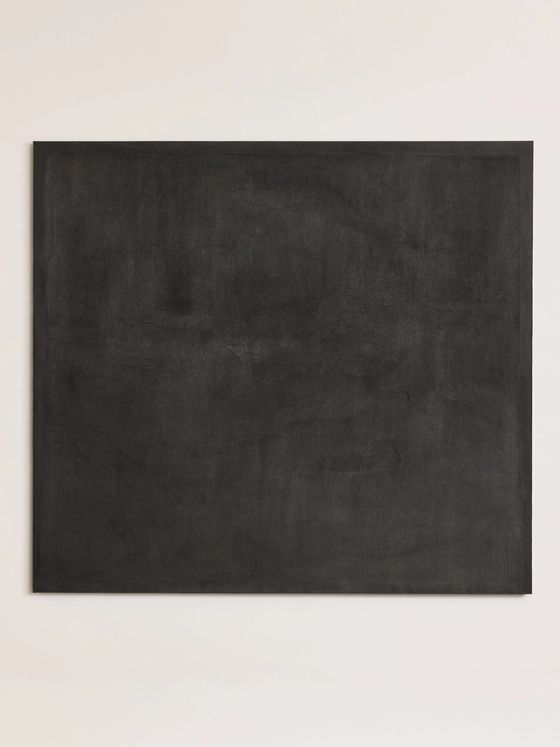
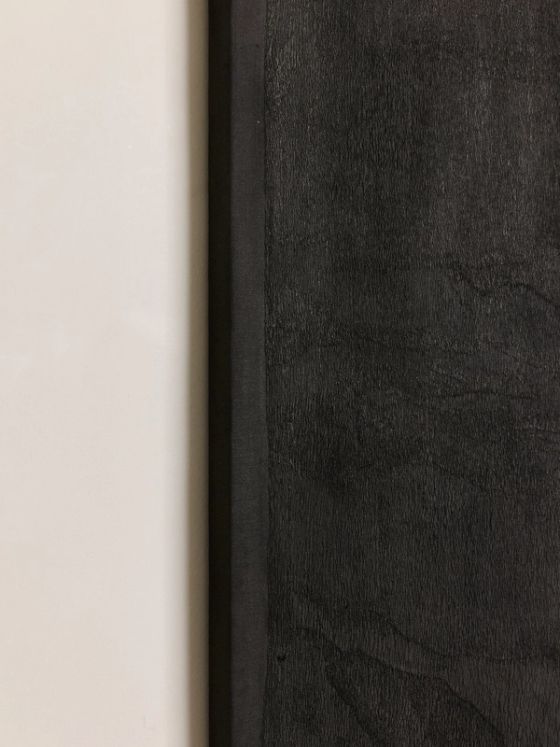 Bath Gallery
Bath GalleryArmando ChantGrisaille III (Night), 2023


Related
- 12.18.23
Gallery Representation of Armando Chant
Read moreWe are pleased to announce the representation of artist Armando Chant. Combining embroidered linen with pigment washes and etching, Sydney-based Chant uses techniques of erasure and negation to arrive at ambiguous, atmospheric landscapes. His work focuses on the inherent potential of the in-between, a place of imaginative engagement and a nascent state of emergence. “I’m interested in the Japanese aesthetic theory of Ma – where a space that appears empty is actually full of content and meaning,” he says. “It ties in with my interest in the Dansaekhwa movement: there is a softness to this minimalist approach, where the void is celebrated as a place where things come into being, rather than a place of nothingness.”
- 06.13.24
Armando Chant: Finalist for Wynne Prize 2024
Read more‘Untitled’ (2024) by Armando Chant has been selected as a finalist in the Art Gallery of New South Wales Wynne Prize 2024.
